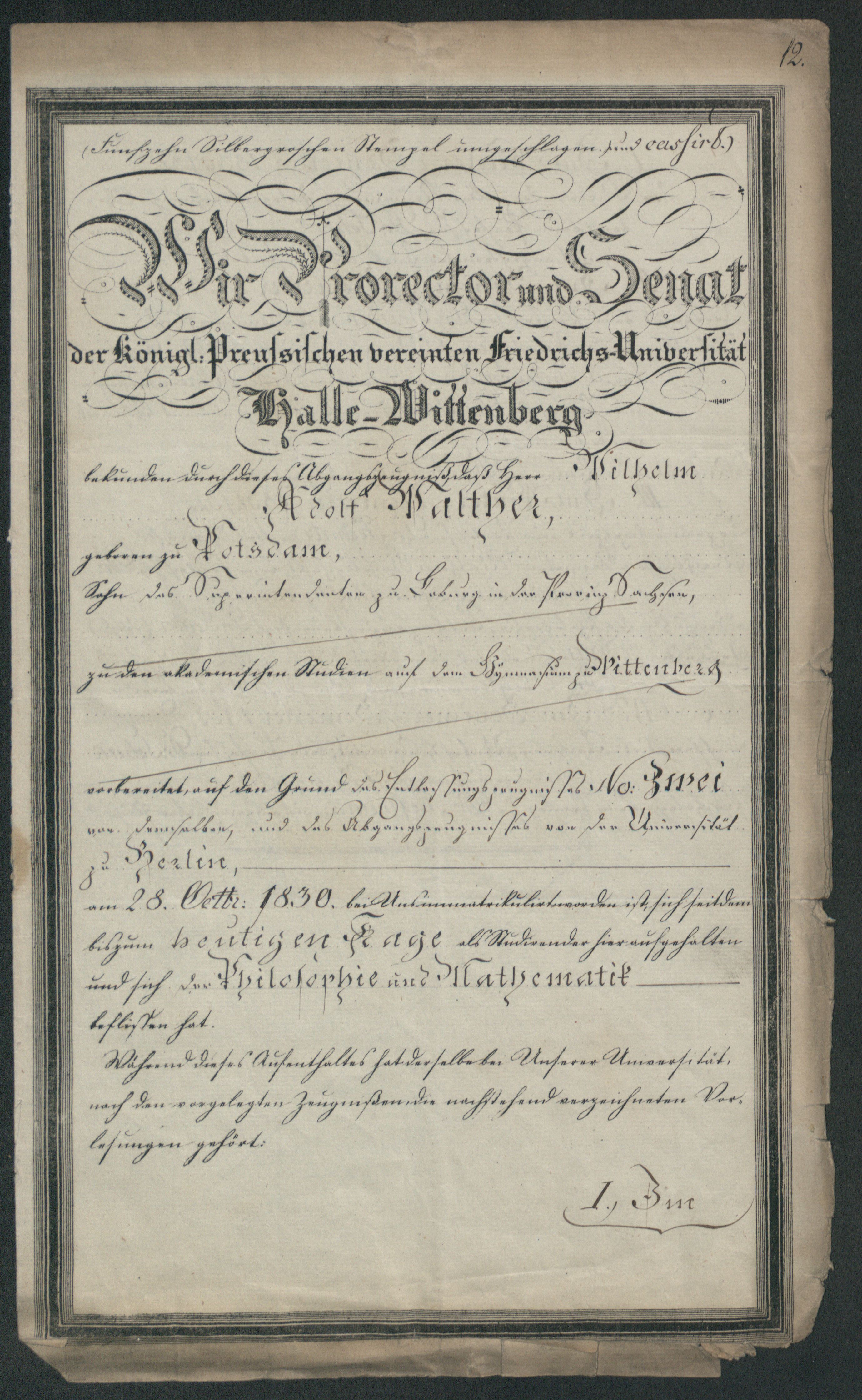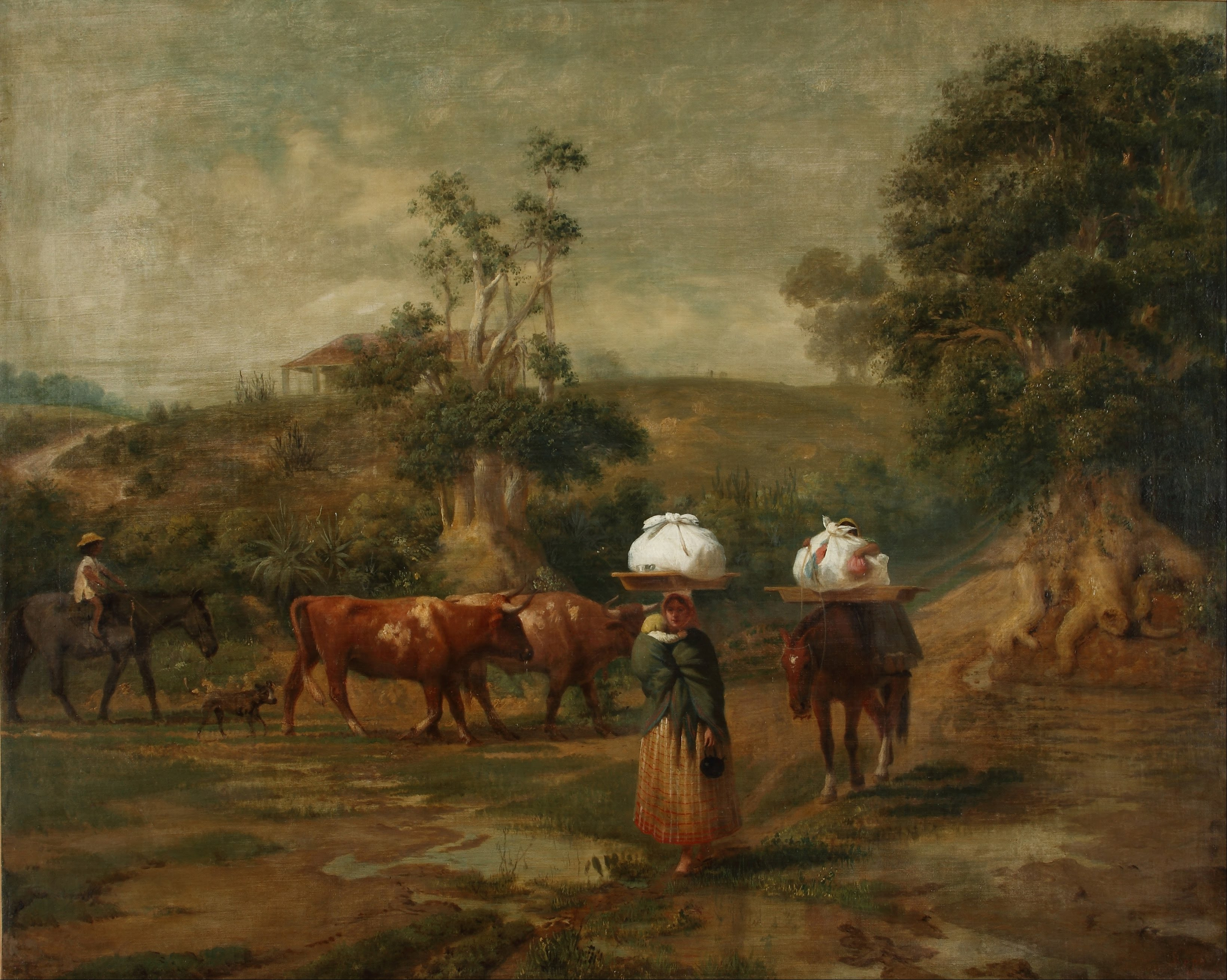|
Richard Walther Darré
Richard Walther Darré (born Ricardo Walther Óscar Darré; 14 July 1895 – 5 September 1953) was one of the leading Nazism, Nazi "Blood and Soil, blood and soil" () ideologists and served as Reich Ministry of Food and Agriculture, Reich Minister of Food and Agriculture. As the National leader () for agricultural policy, he was a high-ranking functionary in the Nazi Party and as a Senior group leader () in the Schutzstaffel, SS, he was the seventh most senior commander in that organisation. Born in Belgrano, Buenos Aires to German parents, Darré was schooled in Germany and saw active service in the Imperial German Army during the World War I, First World War. After the war, he pursued a degree in agriculture at the Martin Luther University Halle-Wittenberg, University of Halle and joined the agrarianism, agrarian and ''Völkisch movement, Völkisch'' Artaman League, where he began to develop the tendency which would become "blood and soil". His philosphy was a major infl ... [...More Info...] [...Related Items...] OR: [Wikipedia] [Google] [Baidu] |
Imperial Ministry Of Food And Agriculture
The Reich Ministry of Food and Agriculture (, abbreviated RMEL) was responsible for the agricultural policy of Germany during the Weimar Republic from 1919 to 1933 and during the Nazi dictatorship of the Third Reich from 1933 to 1945. It was headed by a ''Reichsminister'' under whom a state secretary served. On 1 January 1935, the ministry merged with the Prussian Ministry of Agriculture, Domains and Forests, founded in 1879. Until 1938 and the Anschluss with Austria, it was called the "Reich and Prussian Ministry of Food and Agriculture". After the end of National Socialism in 1945 and of the Allied occupation of Germany, the Federal Ministry of Food and Agriculture was established in 1949 as a successor in the Federal Republic of Germany (West Germany). History In March 1919, the Reich Office of Food () established the Reich Ministry of Food. It was combined with the Reich Ministry of Economics in September 1919 and re-founded during the Kapp Putsch in March 1920 under th ... [...More Info...] [...Related Items...] OR: [Wikipedia] [Google] [Baidu] |
Völkisch Movement
The ''Völkisch'' movement ( , , also called Völkism) was a Pan-Germanism, Pan-German Ethnic nationalism, ethno-nationalist movement active from the late 19th century through the dissolution of the Nazi Germany, Third Reich in 1945, with remnants in the Federal Republic of Germany afterwards. Erected on the idea of "blood and soil", inspired by the one-body-metaphor (''Volkskörper'', "ethnic body"; literally "body of the people"), and by the idea of naturally grown communities in unity, it was characterized by organicism, racialism, populism, agrarianism, romantic nationalism and – as a consequence of a growing exclusive and ethnic connotation – by antisemitism from the 1900s onward. ''Völkisch'' nationalists generally considered the Jews to be an "alien people" who belonged to a different ''Volk'' ("race" or "folk") from the Germans. The ''Völkisch'' movement was not a homogeneous set of beliefs, but rather a "variegated sub-culture" that rose in opposition to the soci ... [...More Info...] [...Related Items...] OR: [Wikipedia] [Google] [Baidu] |
Agrarianism
Agrarianism is a social philosophy, social and political philosophy that advocates for rural development, a Rural area, rural agricultural lifestyle, family farming, widespread property ownership, and political decentralization. Those who adhere to agrarianism tend to value traditional forms of local community over urban modernity. Agrarian political parties sometimes aim to support the rights and sustainability of small farmers and poor peasants against the wealthy, powerful and famous in society. Philosophy Some scholars suggest that agrarianism espouses the superiority of rural society to urban society and the independent farmer as superior to the paid worker, and sees farming as a way of life that can shape the ideal social values. It stresses the superiority of a simpler rural life in comparison to the complexity of urban life. For example, M. Thomas Inge defines agrarianism by the following basic tenets: * Farming is the sole occupation that offers total independence and S ... [...More Info...] [...Related Items...] OR: [Wikipedia] [Google] [Baidu] |
Martin Luther University Halle-Wittenberg
Martin Luther University Halle-Wittenberg (), also referred to as MLU, is a public research university in the cities of Halle and Wittenberg. It is the largest and oldest university in the German state of Saxony-Anhalt. MLU offers German and international (English) courses leading to academic degrees such as BA, BSc, MA, MSc, doctoral degrees, and habilitation. The university was created in 1817 through the merger of the University of Wittenberg (founded in 1502) and the University of Halle (founded in 1694). MLU is named after Protestant reformer Martin Luther, who was a professor in Wittenberg. Today, the university campus is located in Halle, while ''Leucorea Foundation'' in Wittenberg serves as MLU's convention centre. History University of Wittenberg (''Universität Wittenberg'') was founded in 1502 by Frederick the Wise, Elector of Saxony to propagate the principles of Renaissance humanism. The foundation of the university was heavily criticized, especially wh ... [...More Info...] [...Related Items...] OR: [Wikipedia] [Google] [Baidu] |
Belgrano, Buenos Aires
Belgrano is a northern ''Barrios of Buenos Aires, barrio'' or neighborhood of Buenos Aires, Argentina. It is made up of Middle class, middle and upper class people. Belgrano has three distinct areas: the main one that is made up of apartment buildings, Belgrano "R" which is a leafy suburb area with English architecture, and Buenos Aires' Barrio Chino (Buenos Aires), Chinatown. Location The barrio of Palermo, Buenos Aires, Palermo is to the southeast; Núñez, Buenos Aires, Núñez is to the northwest; Coghlan, Buenos Aires, Coghlan, Villa Urquiza, Villa Ortúzar and Colegiales are to the southwest. History Belgrano was named after Manuel Belgrano, a politician and military leader who created the national flag of Argentina. In 1820, at Belgrano's death, Buenos Aires Province, Buenos Aires' legislature introduced a law to name the next town to be founded after him. This happened in 1855, when the Buenos Aires government, fearful that relatives of Juan Manuel de Rosas would di ... [...More Info...] [...Related Items...] OR: [Wikipedia] [Google] [Baidu] |
Schutzstaffel
The ''Schutzstaffel'' (; ; SS; also stylised with SS runes as ''ᛋᛋ'') was a major paramilitary organisation under Adolf Hitler and the Nazi Party in Nazi Germany, and later throughout German-occupied Europe during World War II. It began with a small guard unit known as the ''Saal-Schutz'' ("Hall Security") made up of party volunteers to provide security for party meetings in Munich. In 1925, Heinrich Himmler joined the unit, which had by then been reformed and given its final name. Under his direction (1929–1945) it grew from a small paramilitary formation during the Weimar Republic to one of the most powerful organisations in Nazi Germany. From the time of the Nazi Party's rise to power until the regime's collapse in 1945, the SS was the foremost agency of security, mass surveillance, and state terrorism within Germany and German-occupied Europe. The two main constituent groups were the '' Allgemeine SS'' (General SS) and ''Waffen-SS'' (Armed SS). The ''Allgemeine ... [...More Info...] [...Related Items...] OR: [Wikipedia] [Google] [Baidu] |
Reich Ministry Of Food And Agriculture
The Reich Ministry of Food and Agriculture (, abbreviated RMEL) was responsible for the agricultural policy of Germany during the Weimar Republic from 1919 to 1933 and during the Nazi dictatorship of the Third Reich from 1933 to 1945. It was headed by a '' Reichsminister'' under whom a state secretary served. On 1 January 1935, the ministry merged with the Prussian Ministry of Agriculture, Domains and Forests, founded in 1879. Until 1938 and the Anschluss with Austria, it was called the "Reich and Prussian Ministry of Food and Agriculture". After the end of National Socialism in 1945 and of the Allied occupation of Germany, the Federal Ministry of Food and Agriculture was established in 1949 as a successor in the Federal Republic of Germany (West Germany). History In March 1919, the Reich Office of Food () established the Reich Ministry of Food. It was combined with the Reich Ministry of Economics in September 1919 and re-founded during the Kapp Putsch in March 1920 under ... [...More Info...] [...Related Items...] OR: [Wikipedia] [Google] [Baidu] |
Blood And Soil
Blood and soil (, ) is a nationalist slogan expressing Nazi Germany's ideal of a racially defined Body national, national body ("Blood") united with a settlement area ("Soil"). By it, rural and farm life forms are idealized as a counterweight to urban ones. It is tied to the contemporaneous German concept of ''Lebensraum'', the belief that the German people were to expand into Eastern Europe, conquering and displacing the native Slavs, Slavic and Balts, Baltic population via ''Generalplan Ost''. "Blood and soil" was a key slogan of Nazi ideology. The Nationalism, nationalist ideology of the Artaman League and the writings of Richard Walther Darré guided agricultural policies which were later adopted by Adolf Hitler, Heinrich Himmler and Baldur von Schirach. Rise The German expression was coined in the late 19th century, in tracts which espoused wikt:racialism, racialism/racism and romantic nationalism. It produced a regionalist literature, with some social criticism. This roma ... [...More Info...] [...Related Items...] OR: [Wikipedia] [Google] [Baidu] |
Nazism
Nazism (), formally named National Socialism (NS; , ), is the far-right totalitarian socio-political ideology and practices associated with Adolf Hitler and the Nazi Party (NSDAP) in Germany. During Hitler's rise to power, it was frequently referred to as Hitler Fascism () and Hitlerism (). The term " neo-Nazism" is applied to other far-right groups with similar ideology, which formed after World War II, and after Nazi Germany collapsed. Nazism is a form of fascism, with disdain for liberal democracy and the parliamentary system. Its beliefs include support for dictatorship, fervent antisemitism, anti-communism, anti-Slavism, anti-Romani sentiment, scientific racism, white supremacy, Nordicism, social Darwinism, homophobia, ableism, and the use of eugenics. The ultranationalism of the Nazis originated in pan-Germanism and the ethno-nationalist '' Völkisch'' movement which had been a prominent aspect of German ultranationalism since the late 19th centu ... [...More Info...] [...Related Items...] OR: [Wikipedia] [Google] [Baidu] |
World War I
World War I or the First World War (28 July 1914 – 11 November 1918), also known as the Great War, was a World war, global conflict between two coalitions: the Allies of World War I, Allies (or Entente) and the Central Powers. Fighting took place mainly in European theatre of World War I, Europe and the Middle Eastern theatre of World War I, Middle East, as well as in parts of African theatre of World War I, Africa and the Asian and Pacific theatre of World War I, Asia-Pacific, and in Europe was characterised by trench warfare; the widespread use of Artillery of World War I, artillery, machine guns, and Chemical weapons in World War I, chemical weapons (gas); and the introductions of Tanks in World War I, tanks and Aviation in World War I, aircraft. World War I was one of the List of wars by death toll, deadliest conflicts in history, resulting in an estimated World War I casualties, 10 million military dead and more than 20 million wounded, plus some 10 million civilian de ... [...More Info...] [...Related Items...] OR: [Wikipedia] [Google] [Baidu] |
Obergruppenführer
(, ) was a paramilitary rank in Nazi Germany that was first created in 1932 as a rank of the ''Sturmabteilung'' (SA) and adopted by the ''Schutzstaffel'' (SS) one year later. Until April 1942, it was the highest commissioned SS rank after only . Translated as "senior group leader", the rank of was senior to '' Gruppenführer''. A similarly named rank of existed in the SA from 1929 to 1930 and as a title until 1933. In April 1942, the new rank of was created which was above and below . Creation and history The rank of was created in 1932 by Ernst Röhm and was intended as a seniormost rank of the Nazi stormtroopers for use by Röhm and his top SA generals. In its initial concept, the rank was intended to be held by members of the ''Oberste SA-Führung'' (Supreme SA Command) and also by veteran commanders of certain ''SA-Gruppen'' (SA groups). Some of the early promotions to the rank included Ernst Röhm, Viktor Lutze, Edmund Heines, August Schneidhuber, and Frit ... [...More Info...] [...Related Items...] OR: [Wikipedia] [Google] [Baidu] |





